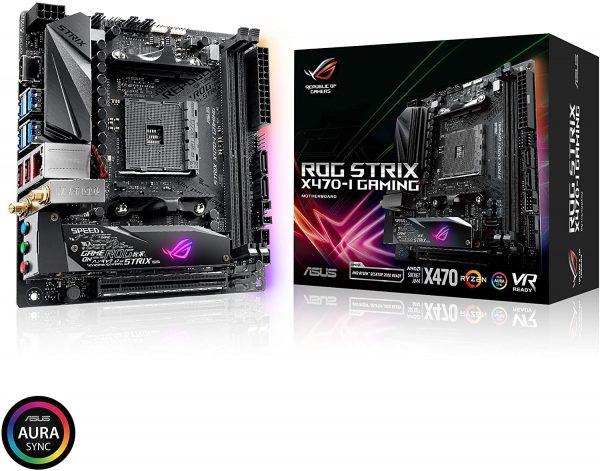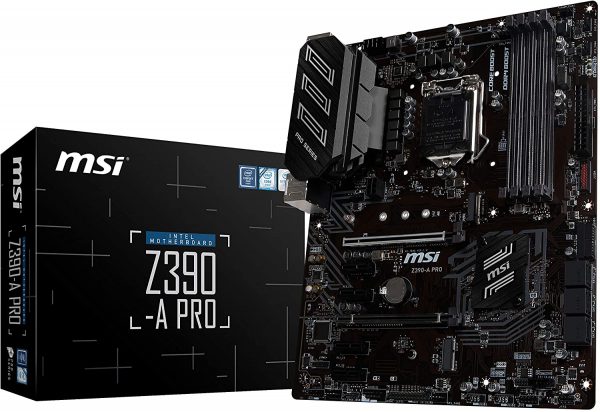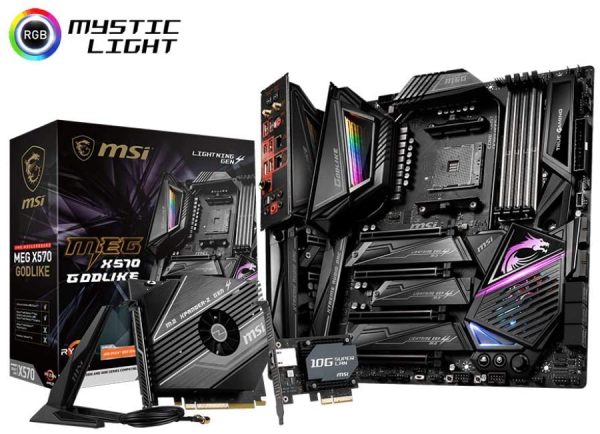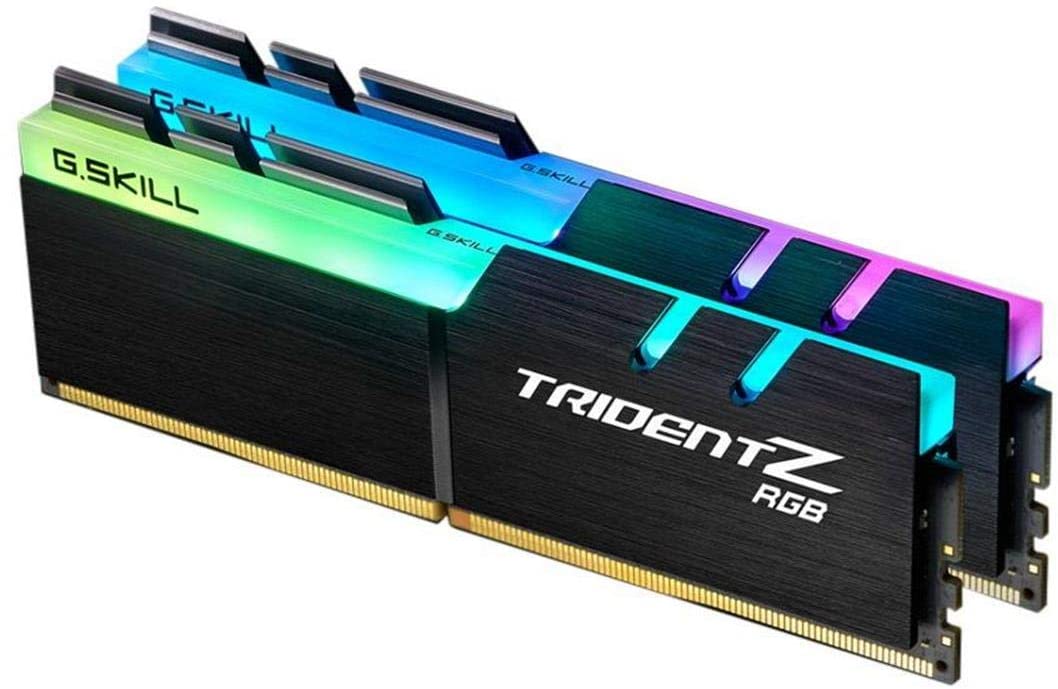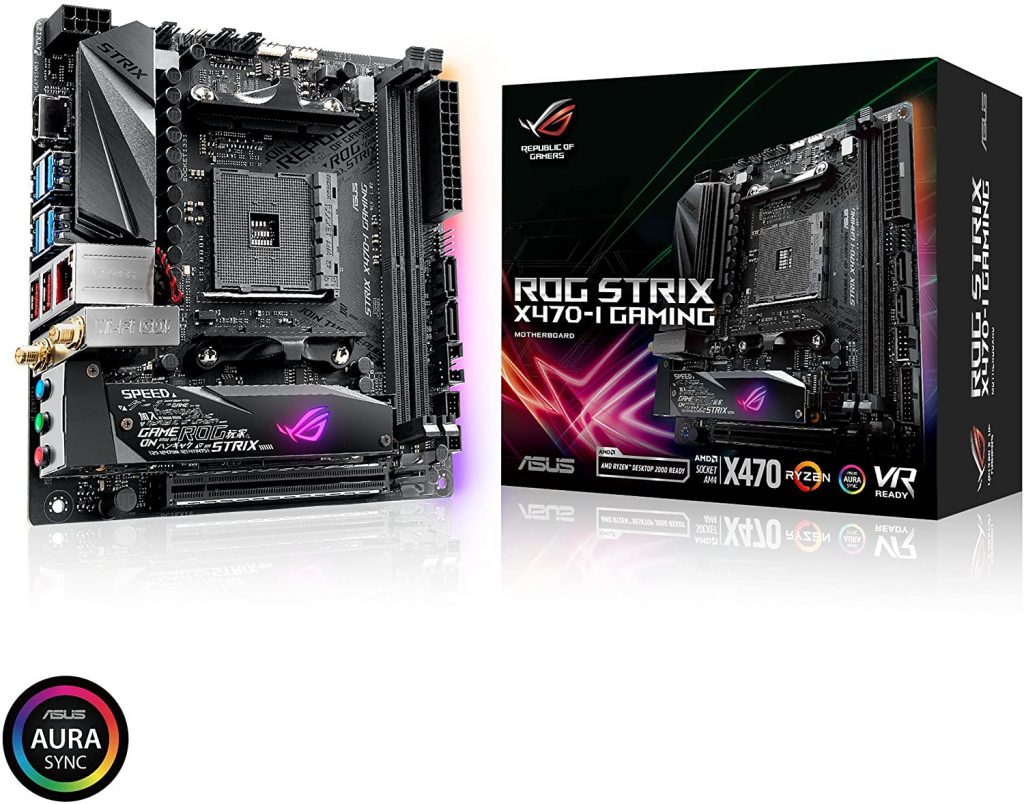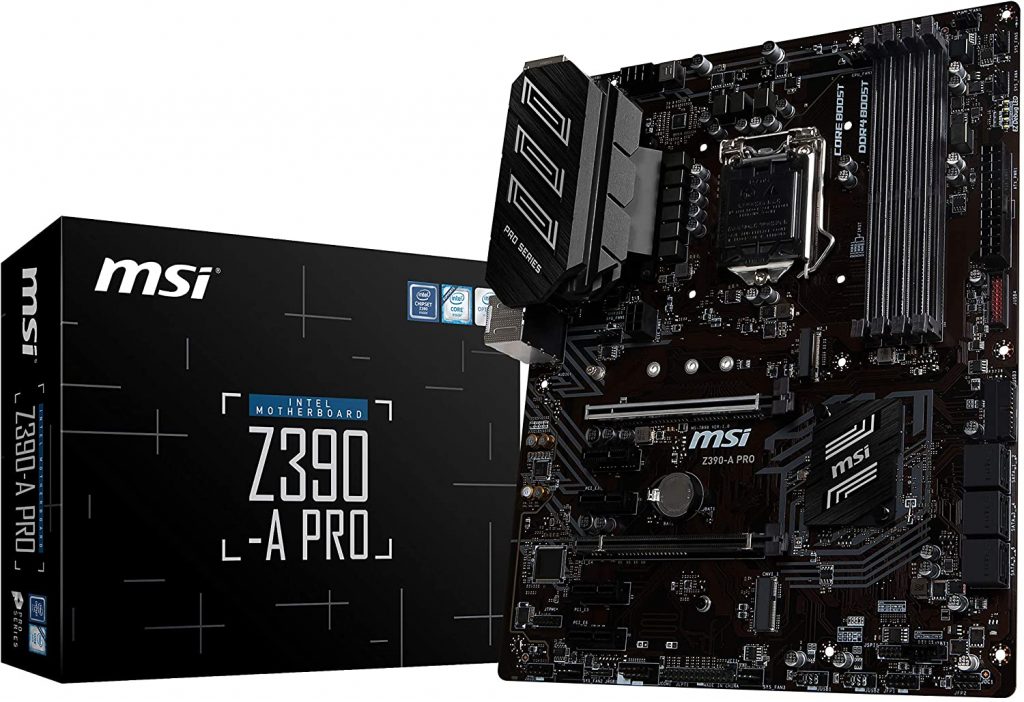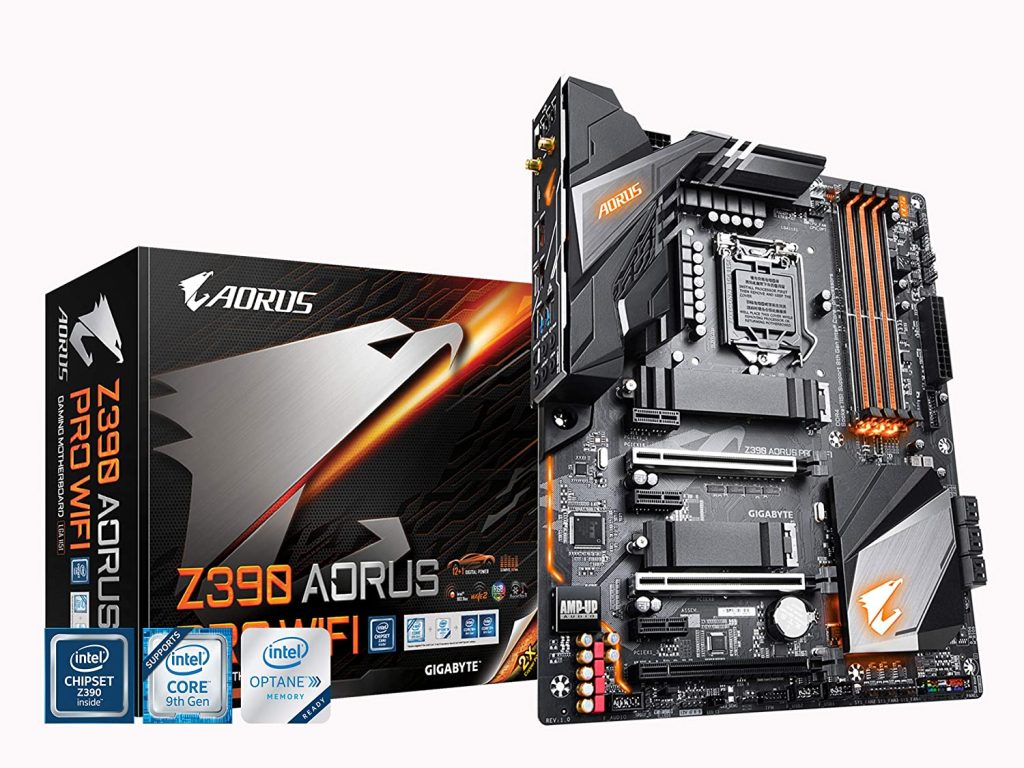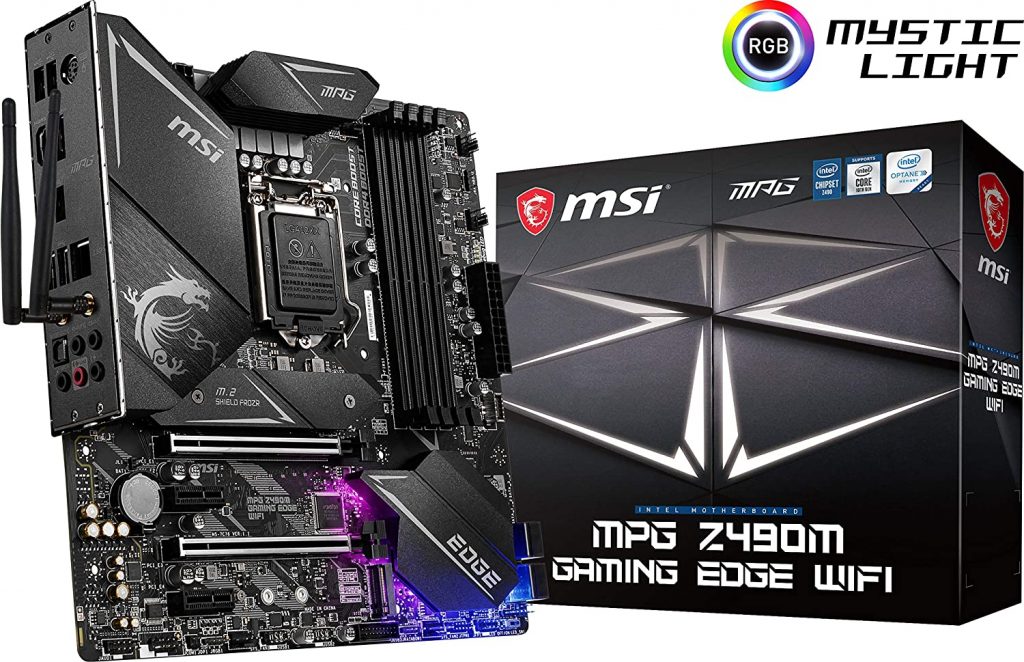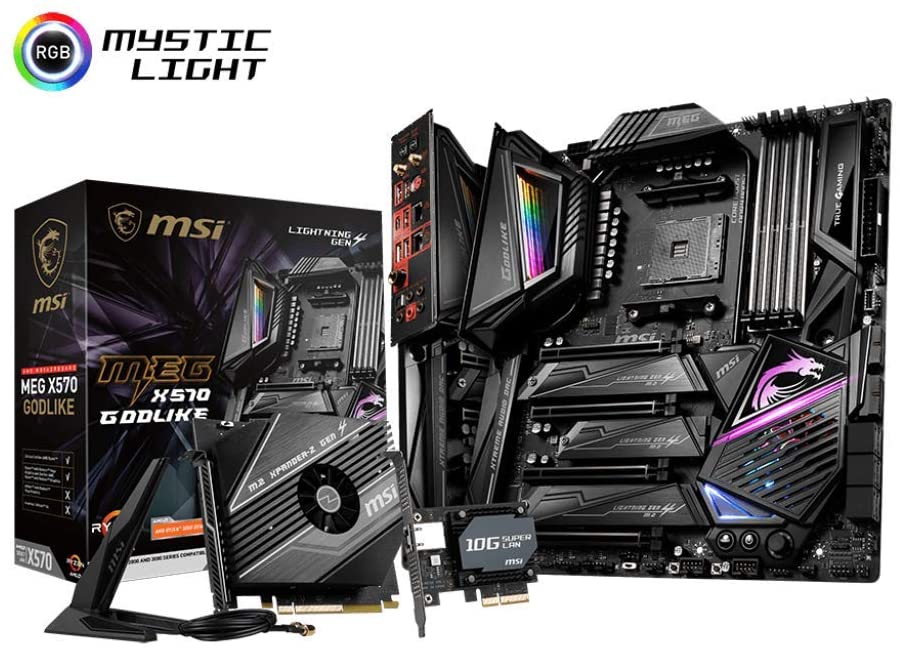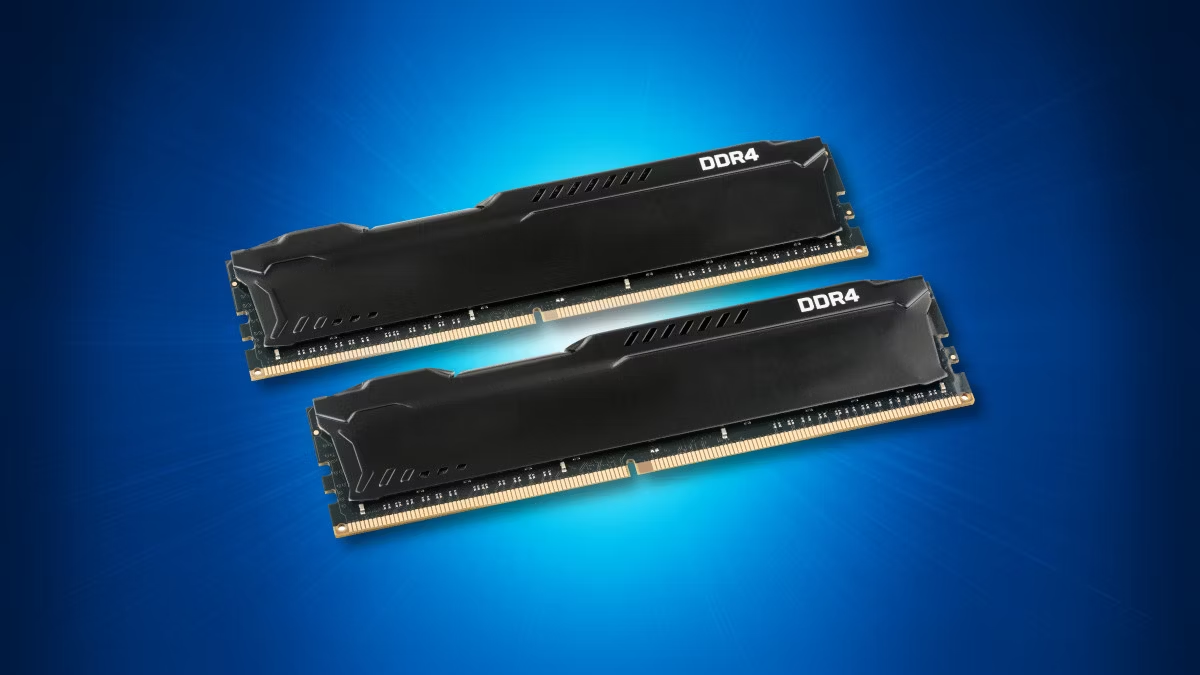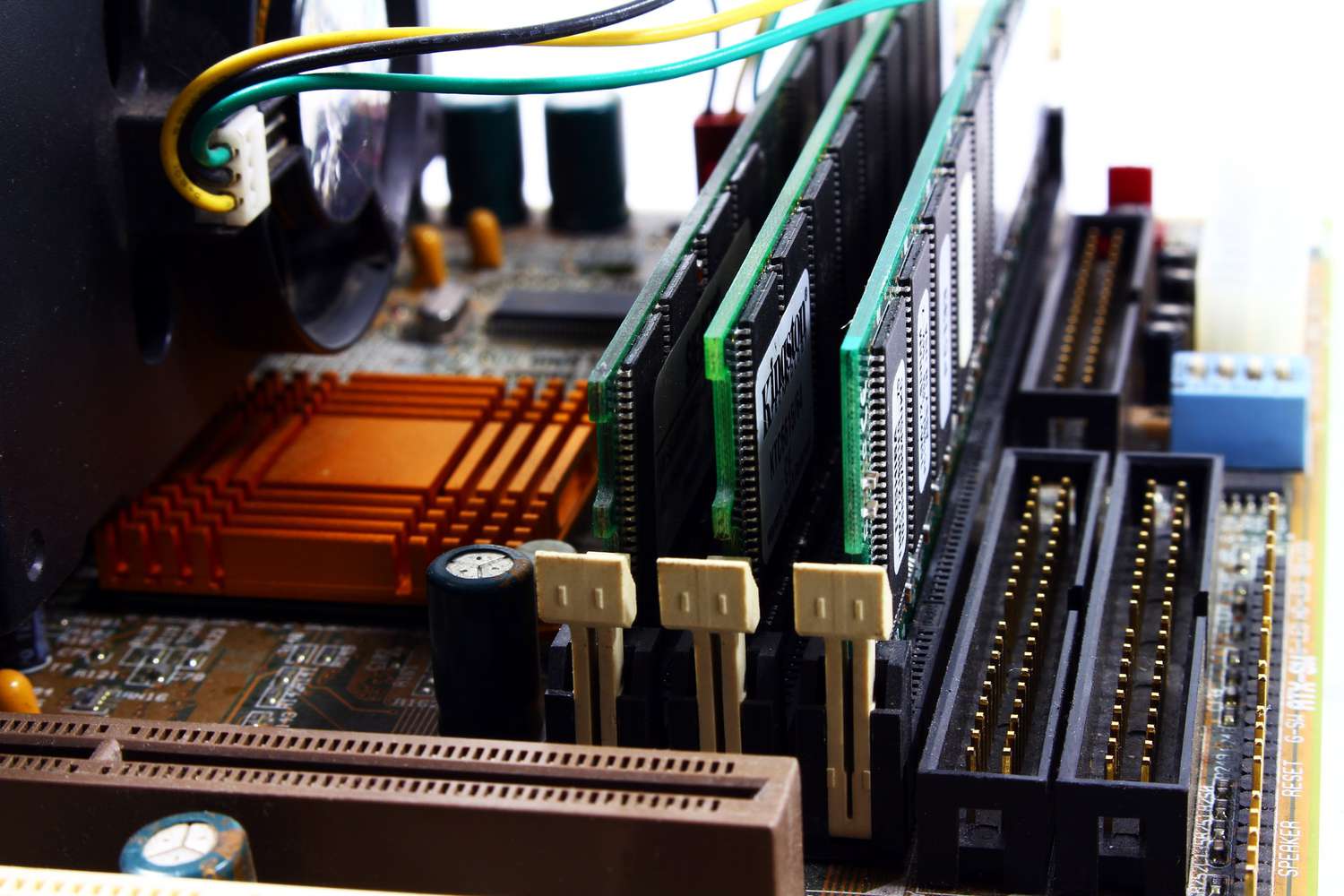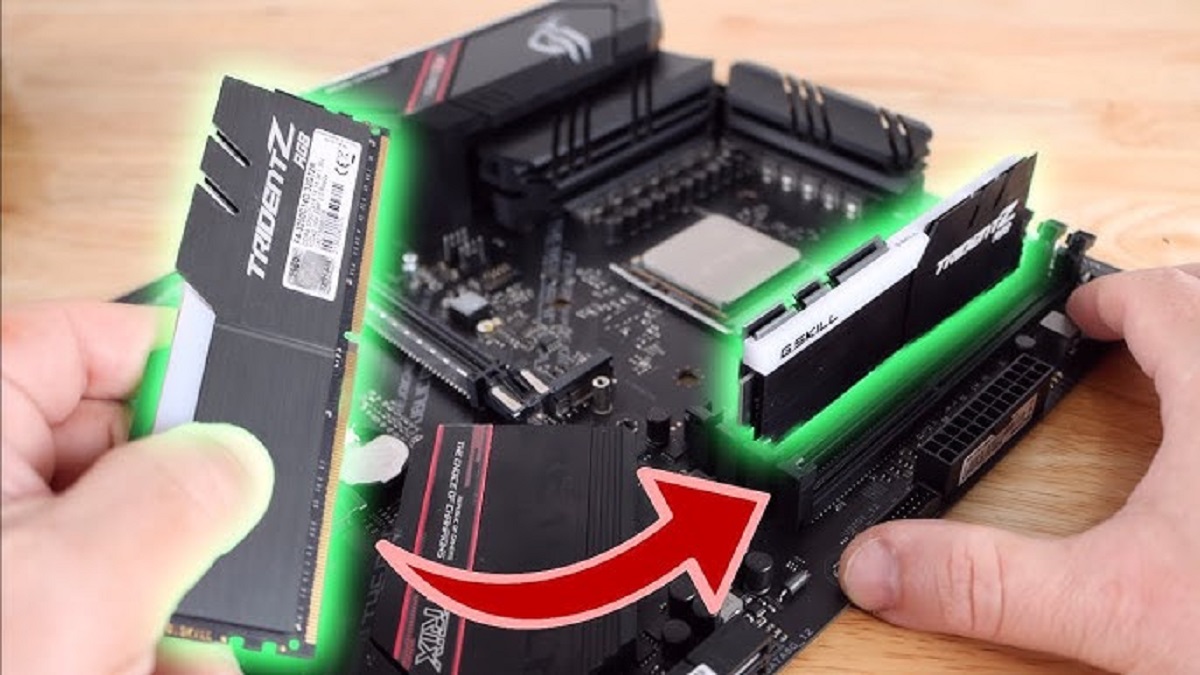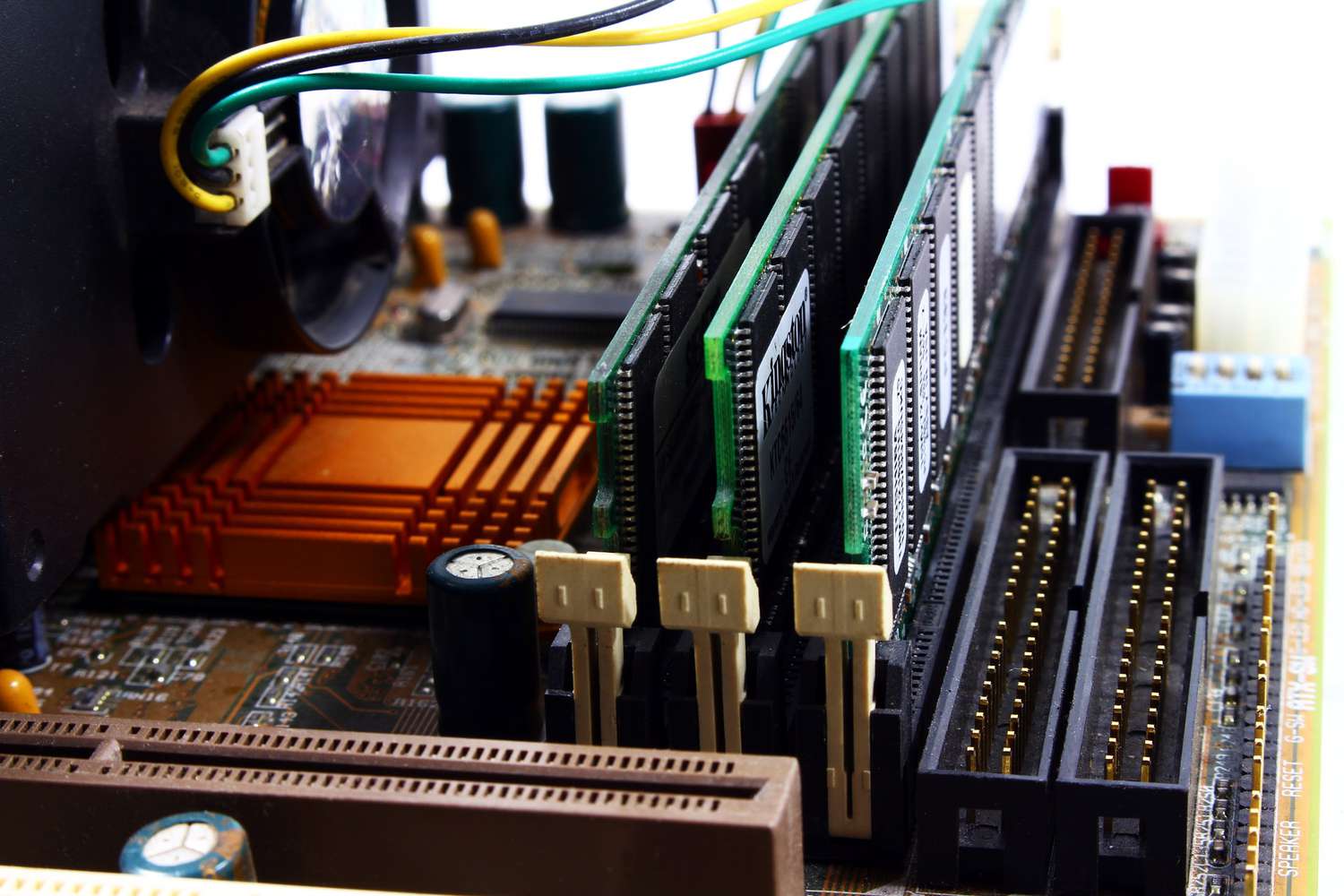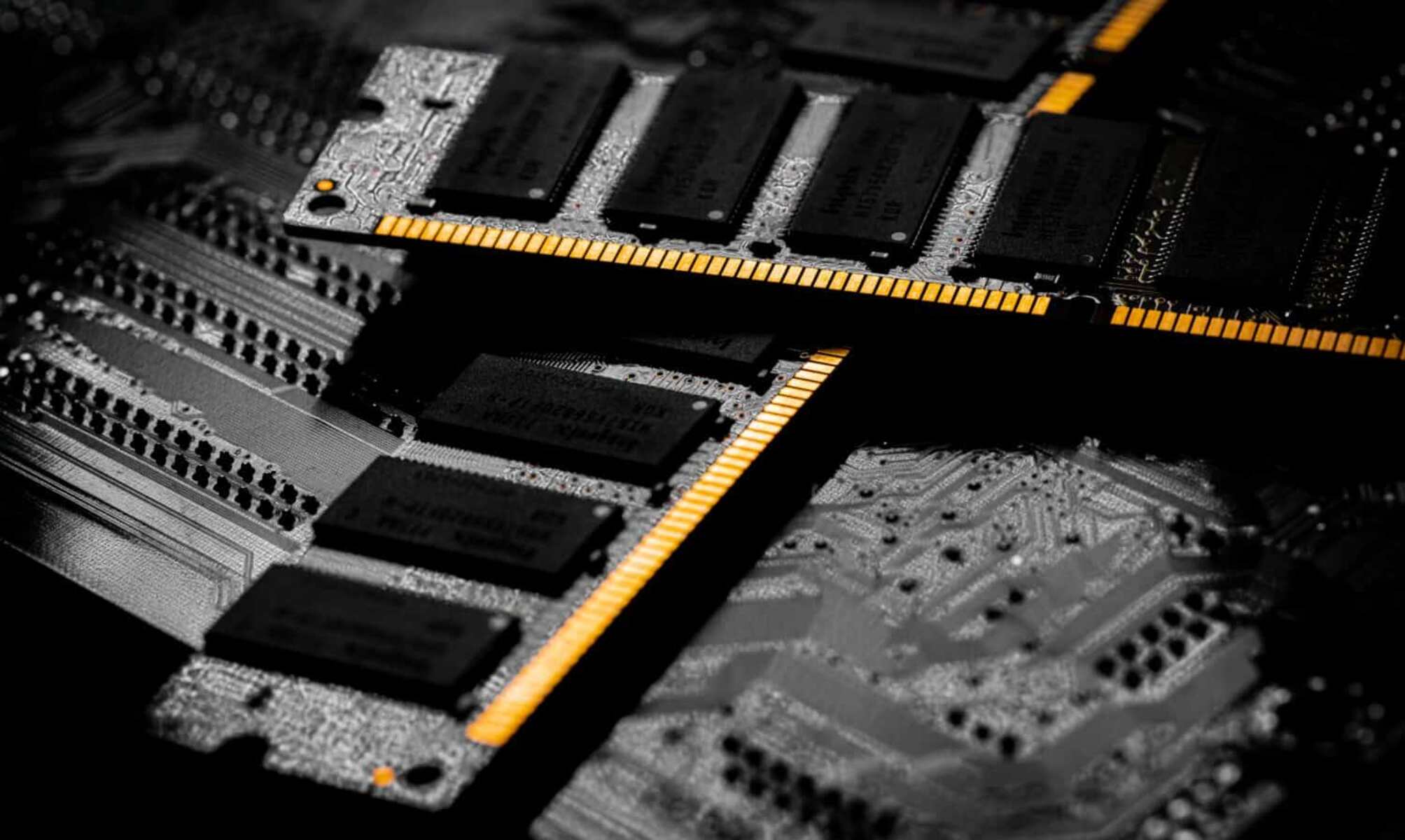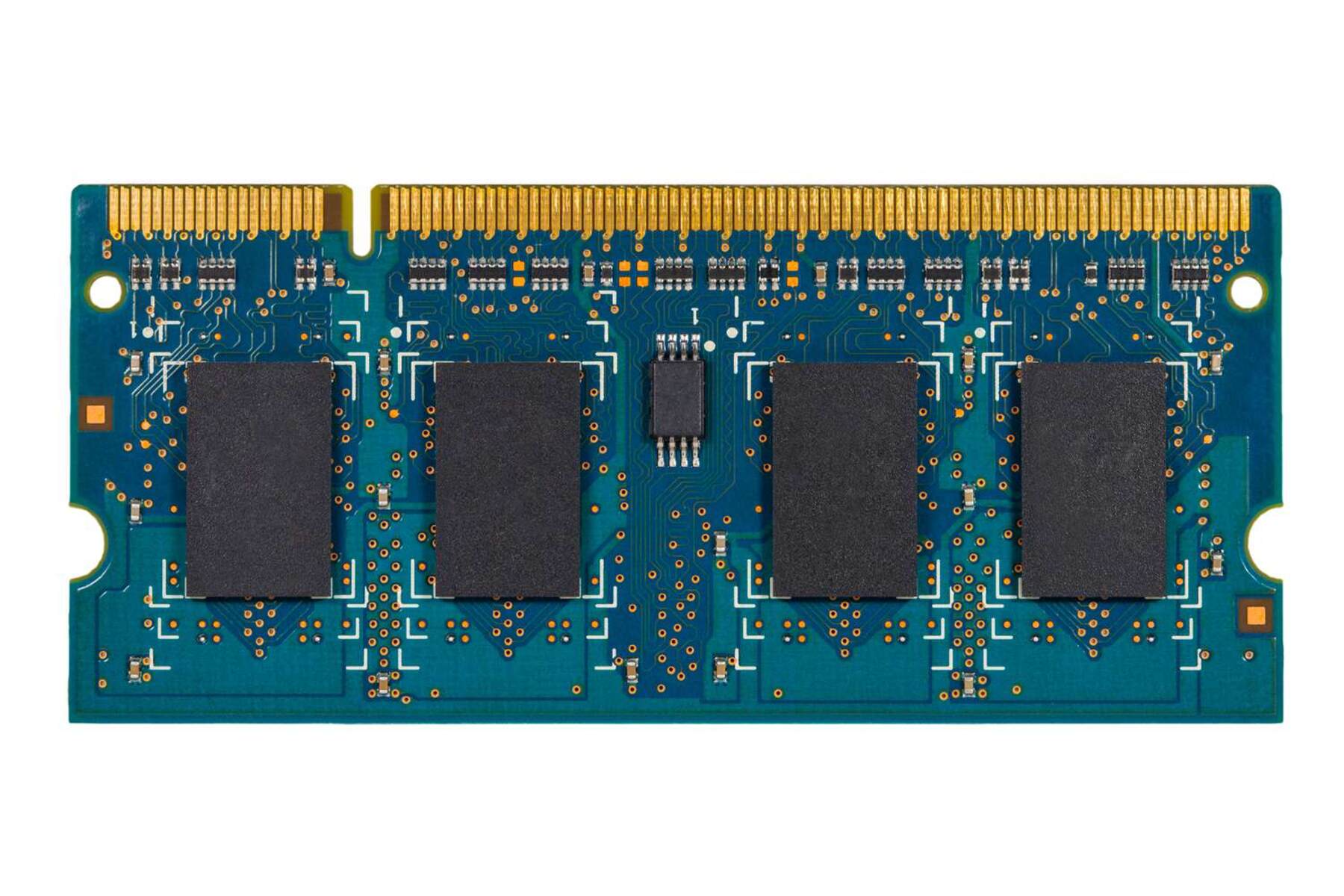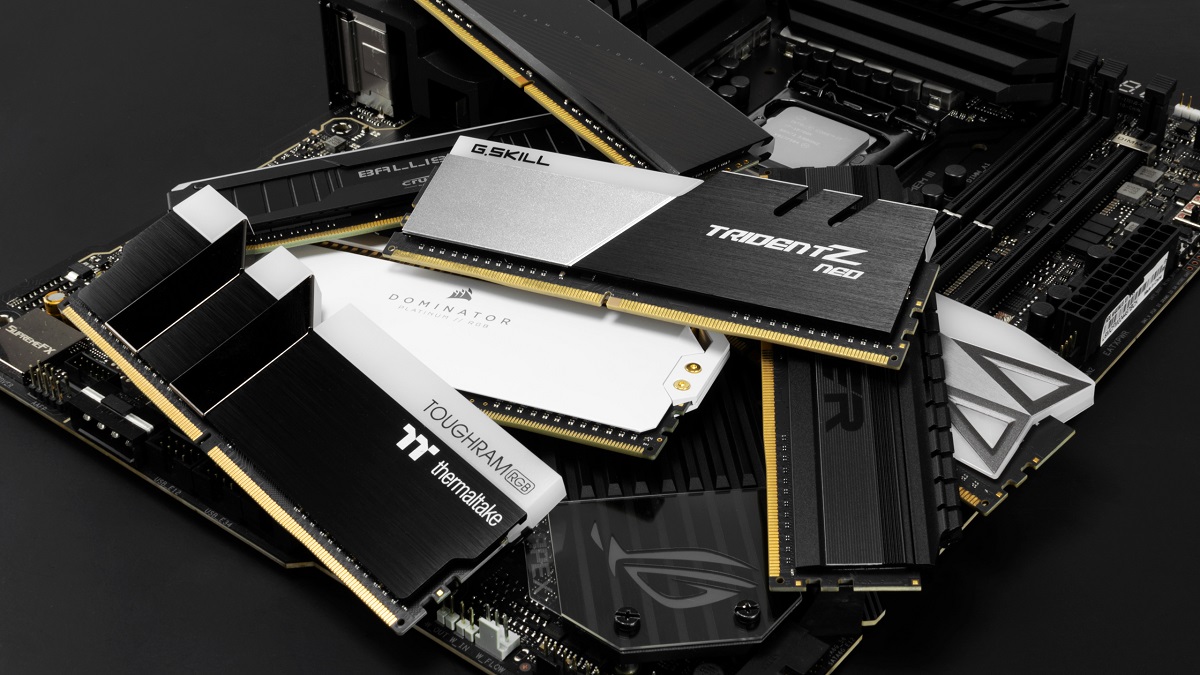What is dual channel memory? All computers have memory modules that allow them to process and store information that is inputted into their systems. These memory modules initiate the necessary RAM (Random Access Memory) to read the active or running applications and programs on your computer. But RAM capacity may be measured according to the number of channels available, may that be single, dual, or multi-channel. In this article, we’ll take a closer look at dual-channel memory types, the advantages they bring, and the top picks for a dual-memory setup.
What Is DDR?
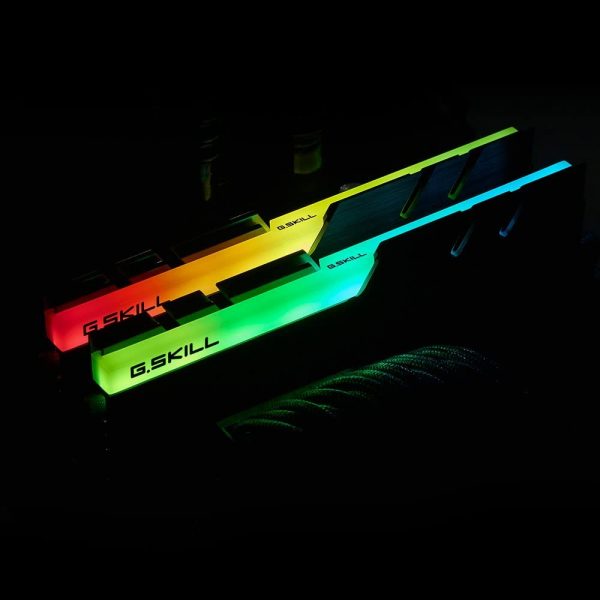

DDR or Double Data Rate refers to memory (RAM) that was initially developed and used during the mid-90s. It was later replaced by both the DDR2 and the DDR3, respectively. This innovation uses the rise and fall of the system’s clock, which, in turn, doubles—or even triples—the computer’s capacity and speed.
Your CPU (Central Processing Unit) needs the RAM to process data so that it can be delivered. Depending on the DIMM (dual in-line memory module) or RAM sticks configured into your motherboard, you can speed up information processing by installing a higher RAM capacity chipset. n this case, installing RAM with two dedicated channels allows for data writing and reading to be executed on two separate channels.
To use an analogy, RAM is like a busy highway that your data travels on. The more “lanes” you have on the highway, the more cars can pass through, and you can dedicate each lane to having cars flow in opposite directions. Applying these concepts to RAM, having two or more lanes allows the system to compartmentalize tasks so that both reading and writing tasks are accomplished simultaneously but on separate lanes.
Motherboards With Dual Channel Memory Architecture
As already established, most modern motherboards have dual channel architectures. Some newer models even have triple or quadruple channel configurations. We scoured the web and found several of the top choices that are currently available via Amazon (the US only). Included below are the lists of specifications (as indicated on Amazon) for the different motherboards.
This motherboard boasts of an automated, overall system-tuning, which enables users to do seamless cooling and overclocking. It also has a built-in audio capability that can be utilized to customize acoustics based on user preferences.
Its most noteworthy features are:
- A 32 GB Dual Channel DDR4-SDRAM
- A Mini ITX form factor
Its ports are the following:
- 2 x USB 3.1 Gen2
- 6 x USB 3.1 Gen1
- 2 x USB 2.0
- 1 x HDMI
- 1 x LAN (RJ45)
- 3 x LED-illuminated audio jacks
- 1 x ASUS WiFi GO! Module
Here are the most outstanding features of this motherboard:
- 9th and 8th generation Intel Core processor support
- Dual Channel Non-ECC Unbuffered DDR4 with 4 DIMMs
- Intel Optane Memory compatible
- 12+1 Phases for Digital VRM Solution with DrMOS
- Advanced thermal design that features multi-cut heat sinks and a heat pipe
- Latest Bluetooth 5 technology
- Intel CNVi 802.11AC 2×2 wave 2 WiFi
- Alc1220 vb enhanced 114db (rear)/ 110db (front) SNR
- Intel Gigabit LAN with cFosSpeed
- RGB Fusion with Multi-Zone LED Light Show Design (This is to activate addressable LED and RGB LED strips.)
- Smart Fan 5 features
- Multiple Temperature Sensors
- Hybrid Fan Headers with Fan Stop
Here are the features of this Gigabyte motherboard:
- Support for both the 8th and 9th Intel Core processors
- Dual Channel Non-ECC Unbuffered DDR4 with 4 DIMMs
- Intel Optane Memory Compatible
- 12+1 of the digital VRM Solution with DrMOS
- Advanced thermal design that comes with multi-cut heat sinks and a heat pipe
- The latest Bluetooth 5 technology
- Intel CNVi 802.11AC 2×2 wave 2 WiFi onboard
- Alc1220 vb to enhance 114db (rear) / 110db (front) SNR
- WIMA Audio Capacitors
- Intel Gigabit LAN with cFosSpeed
- RGB Fusion with Multi-Zone LED Light Show Design
- Support for Addressable LED & RGB LED strips
- Smart Fan 5 with Multiple Temperature Sensors and Hybrid Fan Headers
This motherboard boasts the following:
- 10th Generation Intel Core / Pentium Gold / Celeron Processors for its LGA 1200 socket
- A dual-channel DDR4 memory (upgradeable to a maximum of 128 GB [4,800 MHz])
- Lightning USB 20G powered by the ASmedia 3241 USB 3.2 Gen 2×2 controller
- Twin Turbo M.2 with M.2 Shield Frozr
- An on-board 2.5G LAN that features WiFi 6 (802.11ax)
- Pre-installed with I/O Shielding for added convenience and better protection from various electrostatic discharges
This is a motherboard that uses the 2nd and 3rd Gen AMD Ryzen / Ryzen with Radeon Vega Graphics Desktop Processors for the AM4 socket. Apart from this, it boasts the following features:
- Speedy networking support with both an on-board WiFi 6 (802. 11ax) that comes with a 10G Super LAN card
- Lightning Gen 4 M. 2 slots
- Bundled M. 2 XPANDER-Z Gen 4 accessory card that features additional M. 2 slots
- Mystic Light Infinity II and Infinity Mirror
- An Xtreme Audio DAC with dual audio processors, ESS DAC, a 6. 3mm headphone port, and a Nahimic enhancement application
Check out this powerful motherboard today and get the latest dual-channel technology.
Dual Channel Memory vs. Single Channel Memory
The computer’s motherboard has several dedicated ranks provided in one of its areas. This area has dedicated DIMM modules where RAM chipsets are installed. The RAM chipsets in these DIMM cells permit the computer to process and store data for the different running applications and programs you use.
This is where the Channel Memory comes in. This high-throughput information pathway enables a RAM chipset to connect to your system so that data is processed and stored.
These pathways may either be single, dual, or even triple (or quadruple). They act as distinct information lines, correlated with the speed of data processing. In this article, however, we are focusing on the dual-channel memory as differentiated from the single-channel memory.
What Is Single Channel Memory?
The single-channel memory is a single information line that enables RAM to connect to your CPU (Central Processing Unit). When only a single channel is present, this configuration allows the same data processing to happen. However, it does not have any other parallel line, which can enable better CPU performance by acting as a simultaneous mirroring or sparing channel.
What Is Dual Channel Memory?
As compared to the single-channel memory, the dual-channel memory is composed of two specific data lines or channels that enable RAM to interact with the CPU. Hence, computer performance is better, and the speed by which information is processed is considerably faster.
Dual Channel Memory vs. Quad Channel Memory
Dual-channel memory utilizes two RAM sticks to transfer data from your RAM to your CPU, while quad-channel memory uses four RAM sticks to transfer information from your RAM to your CPU. Both of these configurations allow better and faster performance. Data is transferred faster as you add RAM sticks to your system.
The problem, however, is that not all motherboards support the quad-channel memory mode. Other supplemental hardware may not support it, as well. Hence, it is best to use dual-channel memory mode to ensure compatibility and, in the process, guarantee unhindered use.
How Does It Work?
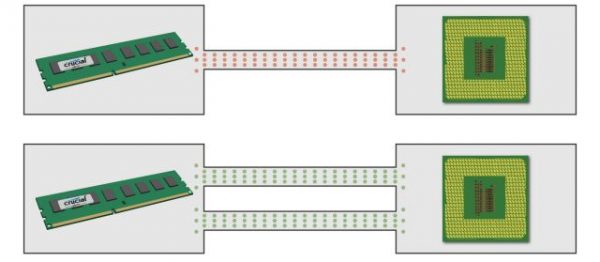

When your computer utilizes two distinct channels, mirroring or sparing mode can be initiated. This is especially crucial when you are running various programs on your computer all at the same time.
Running several applications simultaneously in your computer can lead to overloading, which, in turn, causes the system to slow down and crash. When your computer has a dual-channel memory configuration, it can read information faster and prevent frequent system overload.
Mirroring Mode
Mirroring mode enables complete memory usage as it reduces the full RAM capability in half. DIMMs are seen as distinct as they receive the same data through the channel memory provided for them. Hence, when one of these channels fails, the other channel is utilized by the memory controller.
Guidelines
- Mirroring mode decreases the total memory capacity of the system. For instance, when mirroring mode is enabled, a server’s 64 GB capacity results in a 32 GB usable memory.
- DIMMs per channel must be the same in density.
- DIMMs should be equal in architecture and size.
- Mirroring happens across DIMMs. Hence, if your two channels contain DIMMs, channels 0 and 1 shall have both a primary and secondary cache.
Sparing Mode
Sparing mode may also be enabled in a dual-channel memory configuration. While in saving mode, one rank acts as a spare for the others within the channel. This specific rank is inactive in case an active rank fails to work. When a failure in another rank happens, the idle rank replaces it, and its memory capacity is, then, subtracted from the overall memory capacity of the whole channel.
When an error is indicated, and the threshold is reached, the failing circuit’s data is then replicated in the previously idle and spare rank. The failed rank goes offline, and the new one becomes active.
Because this process requires replication of data, the level of redundant memory involved in a sparing mode is far less than the one provided during a mirroring mode. Hence, for critical processes, the mirroring mode is the preferable option.
Guidelines
- The spare rank should have an equal or higher memory capacity than the ones within the channel.
- For a dual-channel memory configuration, one rank per channel acts as a spare. Hence, in a dual-channel memory configuration, two ranks act as spares for each of the channels.
Finding Out If Your Computer Has Dual Channel Memory


Modern computers are constructed with dual-channel memory capacities. However, it can be challenging to establish this when you do not know which item to look for in your motherboard. Nevertheless, modern motherboards detect the RAM chipsets that you insert into its slots. Bear in mind, though, that you need to fill in two parallel slots first. The numberings must also be followed, filling in the slots from the lowest number to the highest.
In a motherboard that supports dual-channel memory, memory modules must be inserted in pairs. Use identical RAM chipsets, both in the capacity as well as size. For instance, for a motherboard with two slots per channel, which are labeled A0 and A1, B0 and B1, install the first two modules in slots A0 and B0.
However, when you are not sure that dual-channel memory is enabled on your computer, check the information displayed on the BIOS screen during computer boot. You can download the software CPU-z as well. It indicates whether or not dual-channel memory is activated. Nonetheless, your motherboard’s user manual also shows this specification.
Can I Run Just One RAM Stick on a Dual Channel Memory Motherboard?
However, there are instances when you do not have enough working RAM sticks (DIMMs) on your motherboard. Is it possible to use only one RAM stick on a motherboard configured with a dual-channel memory capacity? Of course, it is. However, using only one RAM stick slows down your system as it downgrades your computer’s performance, enabling it to run on a single-channel memory mode.
Using Two RAM Sticks With Different Capacities
During dual-channel memory mode, it would not be possible to use two RAM sticks with different capacities. Although the computer will only be able to detect the total capacity and not the differences between the two sticks, having two sticks with different capacities, latency, speeds, and size will have a noticeable effect on your computer’s performance.
For instance, pairing two RAM sticks with a capacity of 4 GB and 8 GB each will still indicate a total RAM of 12 GB. However, the speed and efficiency of these combined RAM sticks are considerably less than when you insert two 6 GB RAM chipsets. With this in mind, you should only ever insert memory modules in pairs when each module in the pair comes with the exact same capacity.
However, if you have more than two memory chips in place (four, six, or eight), you can get away with using different capacities of chips, for as long as you stick to the same-capacity-within-a-pair rule. For example, you could have two 4GB sticks in a pair occupying the two slots, and two 8GB sticks in the other two to form a four-lane RAM.
Benefits of Using Dual Channel Memory
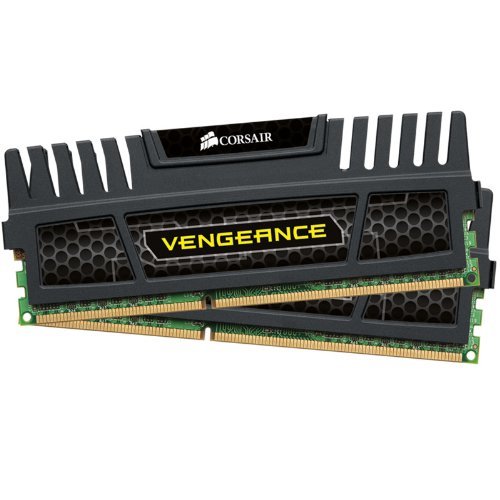

Most modern computers require the use of, at least, a dual-channel memory. The onset of various computer innovations, as well as complicated configurations, gives rise to the need for faster data processing.
Updated Application Requirements
New computer games, for instance, demand a higher memory so that lagging does not take place. More modern computer programs require higher memory capacity, as well. Old computer applications, once updated, even require at least 4 GB of RAM to work.
Two Channels vs. One
A computer supporting dual-channel memory mode is better off using two memory modules than a single memory module that is twice the capacity. The benefit lies in the reason that using two memory modules increases the maximum memory bandwidth than when using a single module. For instance, two 4 GB memory sticks are better than a single 8 GB memory stick. The two modules, despite being half the memory capacity of the single module, maximize the data transmission modules that can be accessed at the same time.
Higher Incidence of Compatibility
New hardware, like new software, requires higher memory. The installation of higher-level video cards, for example, necessitates an indicated minimum RAM capacity. The logic here is that motherboards need their components to be compatible. In most cases, you cannot use outdated hardware for a motherboard that requires newer ones.
The dual-channel memory is also the most compatible mode for various motherboards in the market today. Of course, some motherboards may utilize triple or even quad-channel memory, but not all motherboards and other supplemental hardware are deemed compatible.
Final Thoughts on Dual Channel Memory
Indeed, computers require memory to process various data entries. Whether you use your computer for gaming or work, it is essential to note its speed. Since the speed of data processing and storage is heavily dependent on your RAM sticks, it is crucial to find one that will allow your computer to process data in the most efficient way possible. With this in mind, people who only use their computers for simple tasks like data storage and office work may not need the speed upgrade, to begin with.
However, if you intend to use your computer for gaming, storage of voluminous data, or coding, then upgrading your RAM to a dual-channel memory might make all the difference in terms of processing speed. The dual-channel memory mode will allow faster data exchange since data can be sent to the CU through more than one channel.
Again, think of the advantages of a four-lane highway compared to a single-lane highway. With more lanes available, the data will be processed much faster and more efficiently without lagging. It doesn’t even matter how many applications you are running in the background, since they can all get the attention they need from the CPU.
To help you get started with upgrading your RAM here is a list of the best RAM sticks for gaming and the perfect gaming motherboard. We also have guides on how to build a gaming PC and how much RAM you need for gaming purposes.



